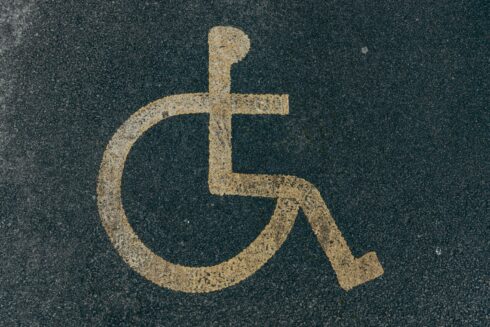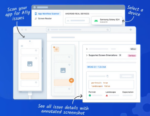
The W3C has announced the approval of the latest version of the Web Content Accessibility Guidelines (WCAG), which is a set of recommendations that web developers should follow to make their websites more accessible.
WCAG 2.2 adds nine new success criteria. The first three are related to keyboard focus. There is a minimum and enhanced version of Focus Not Obscured, which requires that when a “user interface component receives keyboard focus, the component is not entirely hidden due to author-created content.” The other focus-related criteria is about the appearance that indicates when something is in focus. Now it must have an indicator that is at least a 2-pixel thick perimeter around the unfocused component, and must have a contrast ratio that is 3:1 between the focused and unfocused states.
“So for a person that is using something like a keyboard or a switch control to control the computer because they have very limited motor movement, they need to be able to see the indicator of where the focus is to know that when they press enter, they’re pressing enter on the right thing,” said Glenda Sims, chief information accessibility officer at Deque Systems, a company that provides tools to help developers with accessibility efforts.
Moving on, Dragging Movements requires that functionality that requires something to be dragged also be able to be completed without dragging. According to Dr. Lionel Wolberger, W3C voting member and COO of UserWay, this is especially helpful for people with tremors who cannot reliably place their mouse in a specific location of the screen.
Sims added: “This one is highly motivated by motor disabilities. And dragging movements can be difficult for a person with a fine motor disability.”
The fifth new criteria in WCAG 2.2 sets a minimum size for targets to be at least 24 x 24 CSS pixels, with a few exceptions. According to Sims, this size will make it more likely that a human finger can actually touch the target and have a decent chance of hitting what they intended. “You know how hard it is to sometimes hit the right thing with your finger, and how you miss it, and trigger something you didn’t mean to trigger,” said Sims.
The sixth new criteria is around websites being consistent in the way help can be accessed, which is beneficial for people with cognitive disabilities. “It helps everybody that the help for a given site can be found in a consistent location, and that it doesn’t keep jumping around,” said Wolberger.
The next one is Redundant Entry, which says that information that a user previously entered that needs to be reentered should be either auto-populated or available for selection. The exceptions to this are when re-entry is essential, security purposes, or the original information is no longer valid.
And the final two are another minimum and enhanced version of the same item: Accessible Authentication. This means that there should be an authentication method that isn’t reliant on a “cognitive function test” like remembering a password or solving a puzzle.
Consistent help and accessible authentication are especially helpful for people with cognitive disabilities. “The cognitive accessibility piece is the next great frontier for accessibility,” said Sims. “If we count the number of humans that have neurodiverse needs that are locked out from digital independence right now, we’re going to make leaps forward as we really learn how to address cognitive.”






